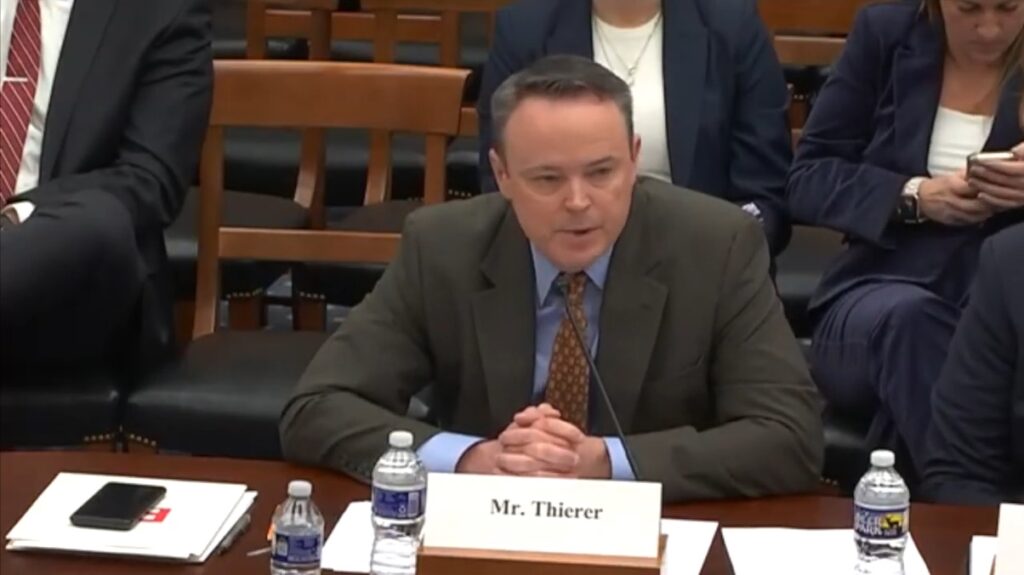Who’s on the Hill? Staffing and Human Capital in Congress’s Legislative Committees
WASHINGTON (March 14) – Members of Congress and their staff know shockingly little about the committee staffers that make Congress function. As a new Congress ramps up its legislative and oversight functions, understanding how to recruit and retain expert, long-term and diverse staff will be crucial for effective policymaking and the maintenance of a well-run legislative branch for both chambers and both parties.
In a new policy report, R Street Institute Governance Project Senior Fellow Casey Burgat and Research Assistant Ryan Dukeman examine Congress from the committee-staff level. They explore data from all 45 House and Senate committees to create the first comprehensive committee-by-committee study of the tenure, pay and gender balance of committee staffs.
The report presents the most comprehensive and accessible database on human capital and other staffing trends in Congress’ committees, and it will be a valuable resource for congressional reformers on the Hill, in think tank and policy spheres, and in academia.
In particular, the authors highlight data that reflects the gender pay gap in Congress—in each chamber, and every committee—showing the vastly different experiences that men and women have on the Hill, even when performing the same job. Notably, men outnumber women in Senate committee staff by a staggering 12 percentage points, and male staffers on the Senate Indian Affairs Committee earned nearly 35 percent more than their female counterparts in 2017.
Despite the public posturing of certain members who want to reassert the legislative branch’s policymaking role, the fastest-growing staffing assignment in congressional committees is communications, even in areas like foreign policy. This reflects the growing sense that an important part of Congress’ function is the shaping of public debate for partisan messaging ends.
The authors add, “As the size and complexity of the federal government has continued to grow, Congress has deprioritized spending within the offices most responsible for legislating and conducting Executive Branch oversight.”









